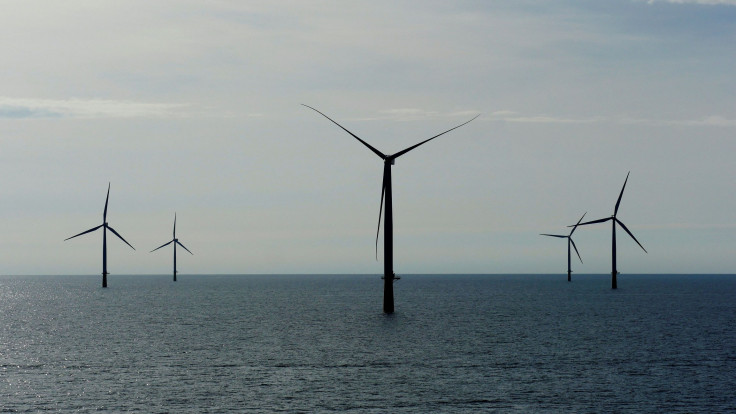Australian Capital Territory to lead in renewable energy sourcing

The Australian Capital Territory (ACT) could achieve the reputation of becoming one of the top renewable energy regions in the world. The news comes as Australia finds itself divided in the debate concerning the dangers of renewable energy.
The ACT government announced last year it would legislate a target of sourcing 100 percent renewable energy by the end of this decade. With this, residents of Canberra will be able to get clean power from wind and solar sources. The development will also create jobs and economic benefits from a local investment of $400 million. However, state and territory renewable energy targets have been met with federal coalition’s claims of being “unrealistic.”
In contrast to the ACT, Victoria has set a target of sourcing 40 percent renewable energy by the end of 2025. While New South Wales hasn’t set a concrete target, it is looking to bring down emissions to a net-zero by 2025.
According to statistics, one home in 10 is equipped with solar on their roof. Several other homes have been found to not be fit for solar. In order to involve those people in the changing energy system, the ACT government proposed purchasing electricity from a large-scale solar project which could allow members of the community to own it directly.
Development of seven large-scale solar projects was completed last year. With large-scale solar coming to a price parity with power, more projects are in the pipeline for the next year. According to Clean Energy Council CEO Kane Thornton, with advances in technology, solar could soon become the cheapest form of renewable energy.
"Already this year in 2017, we've had over a dozen projects committed and now moving onto construction," he said. "The costs of large scale solar has halved in just the last few years here in Australia. We expect over the next couple of years [it] will really reduce the cost to a point that it is the lowest cost form of renewable generation in this country."
According to Australian Renewable Energy Agency (ARENA) head Ivor Frischknecht, the boom was coming faster. He said earlier forecasts showed solar would become cost competitive with wind by 2020. "But in fact we're there already — we're seeing large scale solar projects happen without any support,” he said. The agency, which delivers Federal Government funding for renewable projects, said costs were lowered as a result of the formation of a domestic solar industry.





















